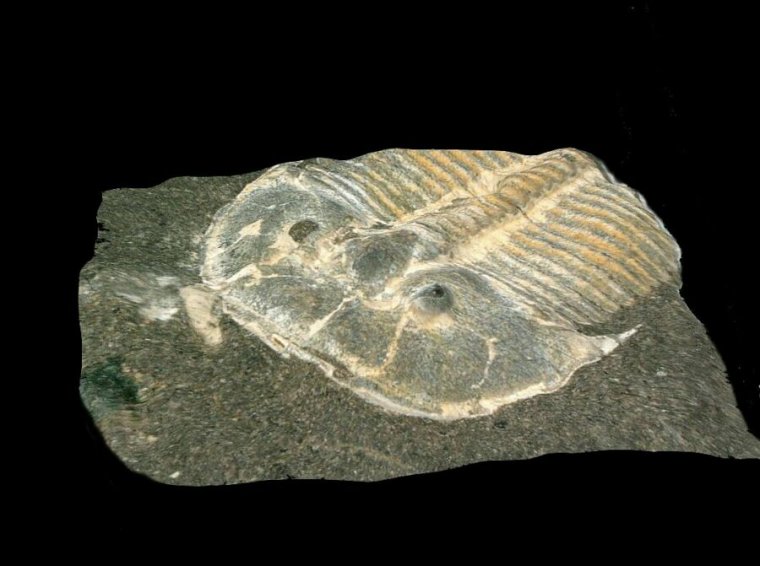Fabulous fossil preserves eyes of 429-million-year-old trilobite

Enlarge / Don't think you can pull one over on this trilobite-he's still got one good eye, ya know. (credit: Brigitte Schoenemann)
Among fossils, trilobites are rock stars. They are adorable (as stony arthropods go), with a segmented shape distinctive enough to be a common logo. But they're also fascinating because there are so many examples in the fossil record over such a long period of time, given that they thrived for over 250 million years. Studying their evolution is enlightening in part because odds are good for finding excellent specimens.
The University of Cologne's Brigitte Schoenemann and the University of Edinburgh's Euan Clarkson took a look into the eyes of one exquisitely preserved trilobite specimen, and they learned plenty about how the creature's eyes developed and what that says about evolution. And, as a bonus, they conclude that this particular trilobite species was probably translucent.
A real lensThe fossil in question comes from 429-million-year-old sedimentary rocks in the Czech Republic. It's a centimeter-long trilobite called Aulacopleura koninckii that split in half as the rock layer was peeled apart. The shape of the structures in one of its two eyes is nicely visible, with bits split between the two halves.
Read 7 remaining paragraphs | Comments